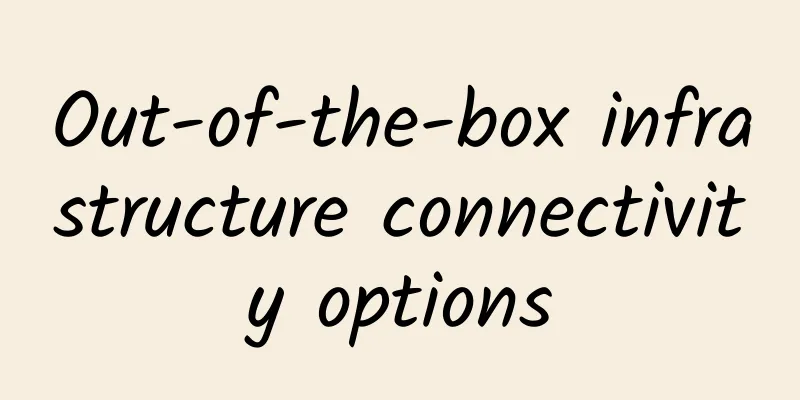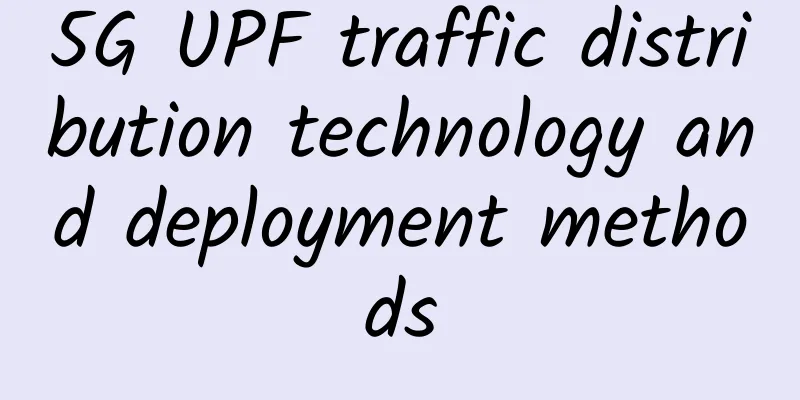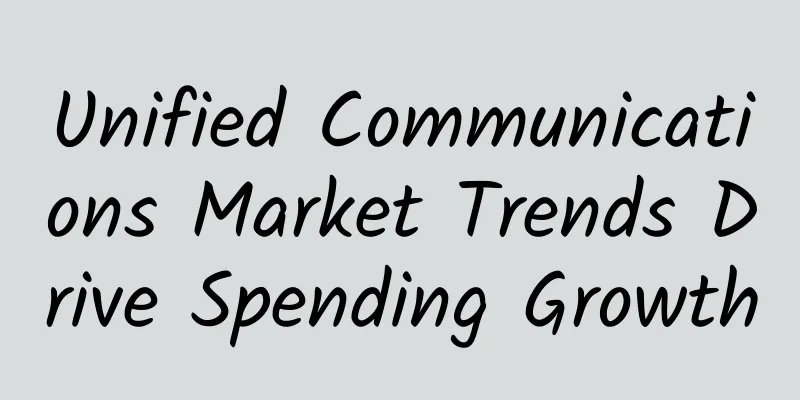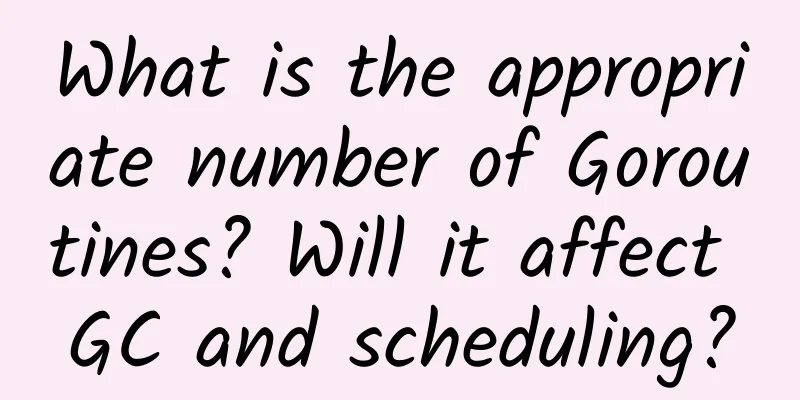Out-of-the-box infrastructure connectivity options

|
When it comes to connecting network devices across campuses, we have always upgraded existing cabling with similar cabling, using the latest upgrades to achieve better performance. For example, CAT 5 cabling is often upgraded to CAT 6A, and OM1/OM2 multimode fiber is often upgraded to OM3 or OM4 specifications. While this approach is perfectly acceptable in 2021, it’s important to also research new and emerging connectivity options that may ultimately be better suited to your business’ needs. Let’s look at four “out-of-the-box” connectivity technologies you may want to consider for your next plant upgrade project.
Wireless Technologies as BackhaulWhen connecting floors or buildings to a central network, copper or fiber optic cabling is almost exclusively used. In most cases, physical cabling provides the speed and reliability required by most businesses. That said, the cost of running new cabling in new or existing buildings has rapidly increased over the past decade or so. Additionally, running cabling in certain types of buildings is difficult, if not impossible. Fortunately, wireless technology in the 60GHz spectrum has advanced to the point where it can transmit data at gigabit speeds with high reliability. For businesses that are looking for a flexible, low-cost alternative to physical cable backhaul links, wireless connectivity is something that should be seriously considered. Fiber to the Desktop (FTTD)The concept of FTTD has been around for years. However, most IT departments did not see the benefits of deploying more expensive fiber optic cables in place of twisted pair copper cabling in the early days. FTTD in 2021 makes more sense today than it did five years ago, negatively impacting the deployment of physical copper plants in office spaces, small rooms, and anywhere IoT devices need to be placed. These reasons include:
5G LANEnterprises are increasingly relying on their Wi-Fi networks to transmit mission-critical data from PCs, phones, tablets, and wireless IoT/IIoT sensors. This increase in usage, along with increasing interference from unlicensed 2.4, 5, and 6 GHz frequencies, has many enterprises looking at alternatives to private 5G LANs. 5G LANs operate in the 3.5 GHz Citizens Broadband Radio Service (CBRS) spectrum. CBRS differs from unlicensed Wi-Fi because it uses a shared spectrum model. This model requires companies to reserve channel space and ensure that other transmissions do not interfere with each other. This largely eliminates concerns about internal and external interference that can severely affect data transmission performance. Hybrid Fiber OpticsIoT and IIoT devices often require sensors or endpoints to not only establish a network connection via a cable, but also receive power delivered over the same cable. For many years, Power over Ethernet (PoE) over twisted pair has been the only option. However, due to the added weight and distance limitations of copper cables mentioned earlier, some IoT/IIoT deployments may require expensive and complex workarounds to deliver both network and power over a single connection. In this regard, hybrid powered fiber cabling is a great alternative connectivity option. This cabling combines fiber transmission with a pair of copper wires for delivering power to remote devices. While hybrid powered fiber might be relegated to a deployment option for niche use cases, such as surveillance cameras, door access controllers, or IIoT implementations, it’s good to know that this option is now widely available. |
<<: 5G and edge computing are a perfect match
>>: Three-minute review! A quick overview of 5G industry development trends in September 2021
Recommend
Traditional database upgrade practices under the cloud-native evolution trend
1. Overview of Cloud Native Databases 1. Cloud co...
5G is coming, do I need to change my SIM card?
2019 is the first year of 5G. With the issuance o...
Which parameters need to be tuned to support millions of long connections?
File descriptor limits System-level limit: The op...
5 blockchain trends for 2018
Few new technologies have generated as much discu...
How Network Modernization Drives Digital Transformation
[[422647]] The fact is that the global outbreak o...
Which groups are suitable for using software development cloud (various services)?
[[178931]] The application scenarios of various s...
Current status of 5G development: In addition to the "fast Internet speed" in the eyes of ordinary people, what other development prospects are there?
When it comes to 5G, people don’t know much abou...
Symantec launches new information protection solution to automatically encrypt critical enterprise data
The Symantec Information Centric Security solutio...
LuxVPS: €3/month KVM-4GB/30GB/1TB/Germany data center
The LuxVPS domain name was registered in June 202...
The industry chain works together to make great progress in 5G messaging
2020 is a critical year for my country's 5G c...
When Private LTE Is Better Than Wi-Fi
While cellular technology is often thought of as ...
Finding edge applications on 5G
5G is considered a key part of delivering edge co...
How to Understand Fog Computing and Edge Computing in Simple Terms
Over the past few decades, there has been a huge ...
Software: Share 9 practical computer software, worth a look
Today I will share with you 9 practical computer ...
Why is 5G suddenly not popular anymore?
In the past two days, an article about the curren...









